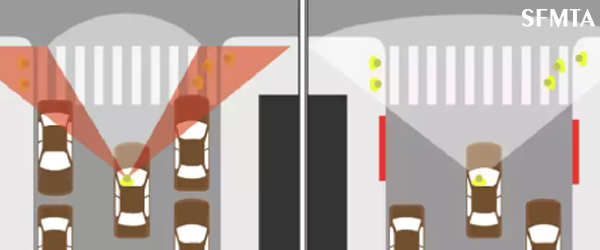
At the end of 2023, California Governor Gavin Newson signed into law SB 413, making it illegal in California to park within 20 feet of the approach of any marked or unmarked crosswalk, whether or not there is a red curb painted or a sign.
What is the ‘California Daylighting Law’ is all about?
The new law (SB 413 or the ‘California Daylighting Law’) amends Section 22500 of the California Vehicle Code, adding a new section to the law prohibiting stopping, standing or parking of a vehicle within 20 feet of any marked or unmarked crosswalk or within 15 feet of any crosswalk with a curb extension. For now, cities can only issue a warning if the law is violated, unless the area has already been painted red or a sign erected. On January 1, 2025, violators can be cited.
Daylighting, or removing visual barriers within a minimum of 20 feet of a crosswalk or intersection, makes everyone on the street easier to see.
Why do we need this law for pedestrians?
Until AB 413 was passed, California was one of only 10 states that did not have a law restricting parking near crosswalks, despite the high rate of pedestrian injuries and fatalities. The law allows cities to implement a pedestrian safety concept called daylighting which increases visibility for both pedestrians crossing the street and drivers approaching an intersection. With daylighting, pedestrians no longer have to edge into the intersection to try and peek around parked cars for approaching traffic. Daylighting increases safety for drivers too as it gives drivers a clear view of the intersection, allowing them to see if someone is waiting to cross, well before they reach the intersection. This also helps drivers more readily identify children, who are less visible at intersections behind parked cars, who are waiting to cross the street.
Preventing fatal pedestrian injuries
Some cities, like San Francisco began implanting daylighting in 2015, after adopting Vision Zero, a nationwide movement putting safety first to decrease traffic deaths to zero by 2024. San Francisco started their program in some of the high injury network streets where there are the most concentrated numbers of severe and fatal pedestrian injuries. By 2019, San Francisco had implemented daylighting in the collection of intersections throughout the city where more than two-thirds of all severe and fatal traffic crashes happen.
Won’t this California Daylighting Law remove parking spaces?
In moving cities toward a new mindset where streets are shared by pedestrians, cyclists, transit and cars there will always be trade-offs between safety and convenience. The reality is at some point during an average day, most of us will be a pedestrian, whether we define ourselves that way or not. Whether you drive and park your car to run and errand and cross a street, or are car-free and walk everywhere, you are a pedestrian and now there is a law in California that will help improve the chances that you can get from one side of the street to the other safely.

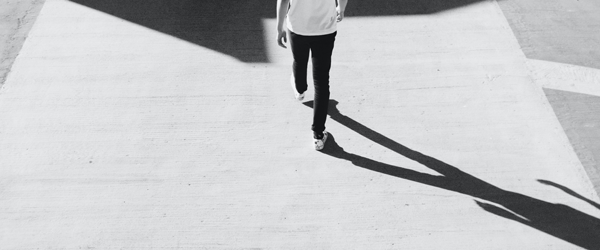

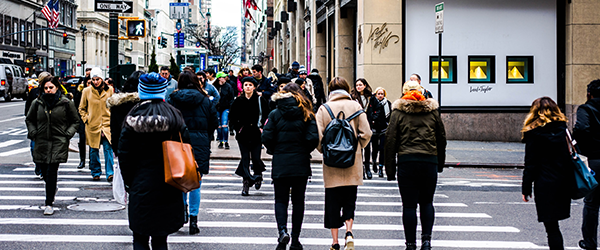
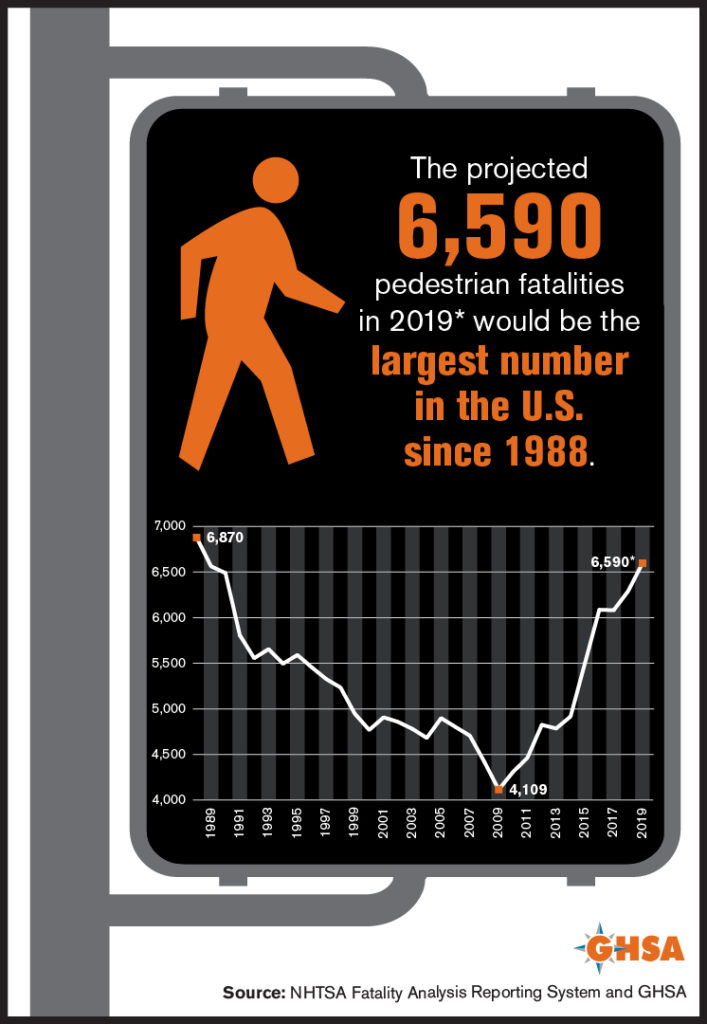

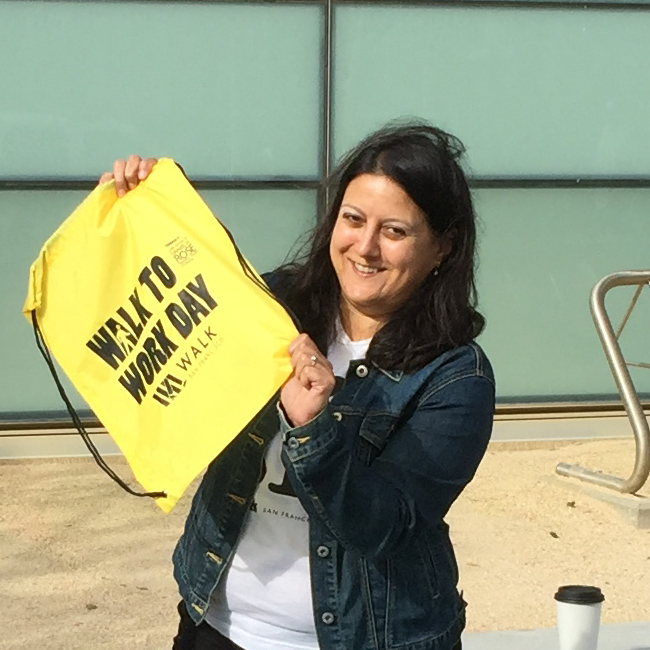
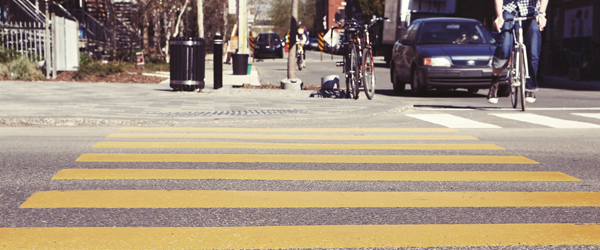 WalkFirst is part of the Vision Zero program targeting ways to reengineer the City of San Francisco to reduce personal injuries to pedestrians from vehicle collisions. 170 locations have been identified as the highest priorities and they are being corrected over the next five years. As personal injury attorneys in San Francisco, we’ve been following along with these plans excitedly. WalkFirst is focusing on Engineering, Enforcement, and Education to reduce the number of fatalities and personal injuries to pedestrians and we think it’s great!
WalkFirst is part of the Vision Zero program targeting ways to reengineer the City of San Francisco to reduce personal injuries to pedestrians from vehicle collisions. 170 locations have been identified as the highest priorities and they are being corrected over the next five years. As personal injury attorneys in San Francisco, we’ve been following along with these plans excitedly. WalkFirst is focusing on Engineering, Enforcement, and Education to reduce the number of fatalities and personal injuries to pedestrians and we think it’s great!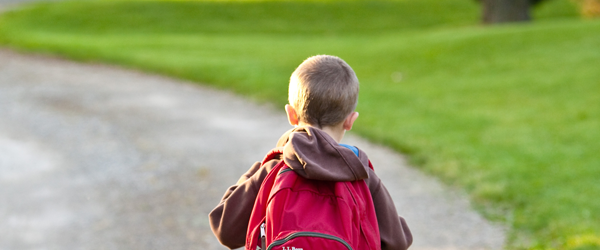
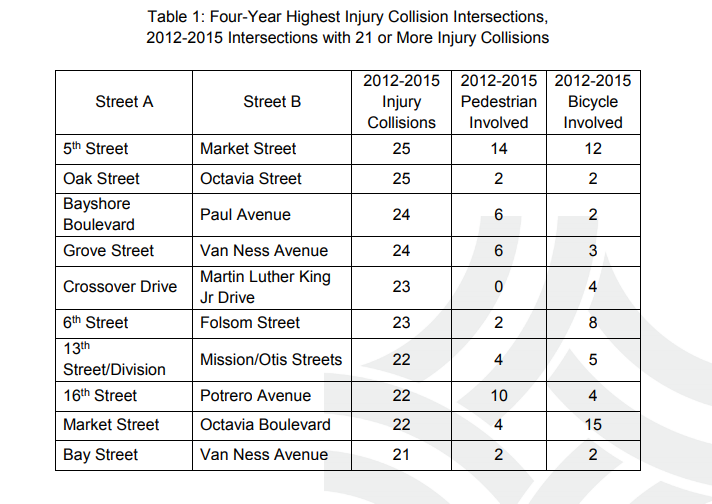
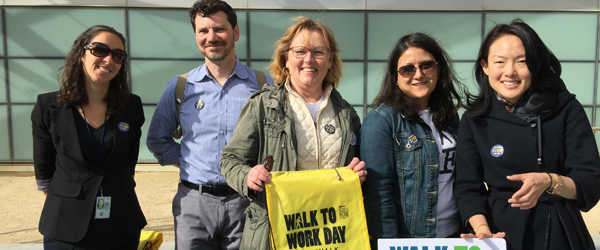
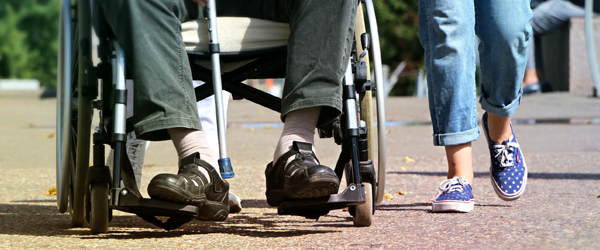
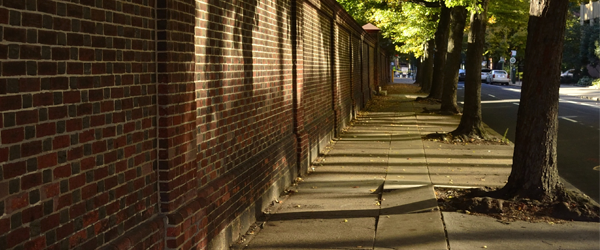
 Last month, Assemblyman David Chiu said what I’ve been saying for some time now:
Last month, Assemblyman David Chiu said what I’ve been saying for some time now: